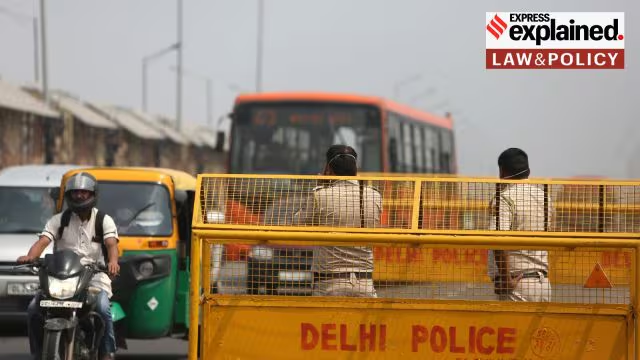Free Courses Sale ends Soon, Get It Now


Free Courses Sale ends Soon, Get It Now



Copyright infringement not intended
Picture Courtesy: https://indianexpress.com/article/explained/explained-law/sc-history-sheet-police-amanatullah-khan-9322795/
Context: Police maintain detailed records (history sheets) on individuals suspected of criminal activity, categorised by offence types and threat levels.
What is a History Sheet?
Initiating History Sheeting
The process of creating a history sheet varies slightly based on individual state police rules, but some of the general steps involve:
Information Included in a History Sheet
As per the Punjab Police Rules (1934), a history sheet typically contains the following details:
Types of History Sheets
Police may categorise history sheets based on the perceived threat level and type of criminal activity:
Origin and Controversy
Recent Developments and the Supreme Court's Role:
Conclusion
Source:
|
PRACTICE QUESTION Q. The Supreme Court of India has been known to exercise its power of judicial review and public interest litigation (PIL) to address issues of social justice and human rights. However, some argue that this activism oversteps the boundaries of the judiciary's role. How can the court strike a balance between upholding the rule of law and addressing social inequalities? |
© 2024 iasgyan. All right reserved